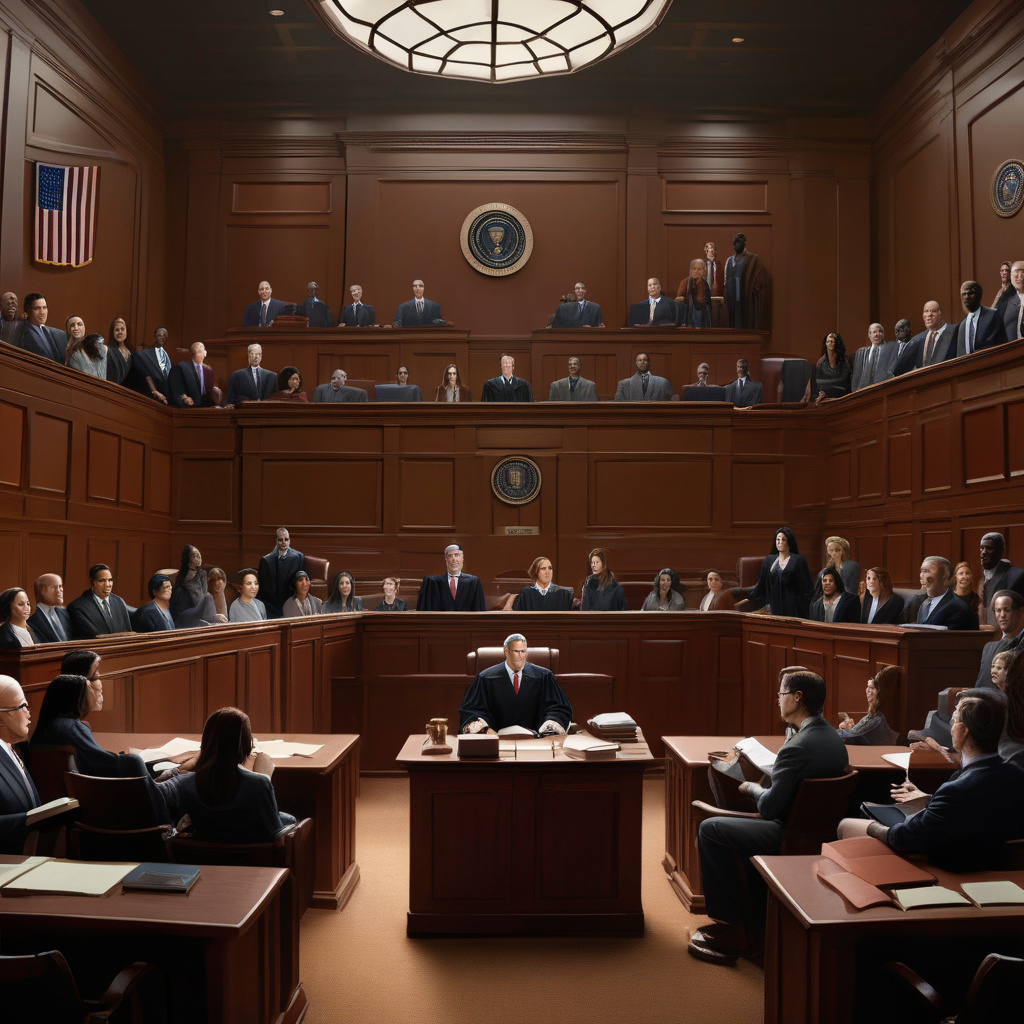The recent landmark ruling in the United States on AI copyright issues has sent ripples through the intellectual property landscape. This pivotal decision, where a federal judge ruled in favor of Thomson Reuters in a case against Ross Intelligence, has significant implications for the future of AI technology and its interaction with copyrighted material. The judge’s summary judgment that Ross Intelligence’s utilization of Thomson Reuters’ content to train its AI legal research platform constituted copyright infringement marks a turning point in how AI companies approach and utilize copyrighted material.
This ruling sheds light on the complex intersection of AI technology and intellectual property law. As the capabilities of AI continue to advance rapidly, questions surrounding copyright, fair use, and ownership have become increasingly pertinent. AI systems often rely on vast amounts of data to learn and improve their functionality, raising concerns about the boundaries of permissible use of copyrighted material. The decision in the Thomson Reuters v. Ross Intelligence case sets a precedent for the responsibilities and limitations of AI companies in accessing and utilizing copyrighted content.
One of the key takeaways from this ruling is the importance of establishing clear guidelines and protocols for AI companies when using copyrighted material. As AI technologies become more prevalent across various industries, it is crucial for companies to navigate the legal complexities surrounding intellectual property rights. By clarifying the boundaries of permissible use and emphasizing the need for proper licensing and authorization, this ruling underscores the significance of ethical and legal considerations in the development and deployment of AI systems.
Moreover, the ruling highlights the need for ongoing dialogue and collaboration between AI developers, content creators, and legal experts to ensure a harmonious coexistence between innovation and intellectual property rights. As the legal landscape continues to evolve in response to technological advancements, stakeholders must work together to address emerging challenges and uphold the principles of fairness and accountability in AI development.
In practical terms, this ruling serves as a wake-up call for AI companies to conduct thorough assessments of their data sources and usage practices to mitigate the risk of copyright infringement. Implementing robust compliance measures, such as obtaining proper licenses, seeking permission from content owners, and implementing effective monitoring mechanisms, can help AI companies navigate the complexities of copyright law and avoid potential legal disputes.
Ultimately, the US’ first major AI copyright ruling sets a significant precedent that will shape the future of intellectual property law in the context of AI innovation. By emphasizing the importance of respecting copyright protections and promoting responsible use of copyrighted material, this ruling paves the way for a more transparent and legally compliant AI ecosystem. As AI technologies continue to revolutionize industries and reshape business practices, it is imperative for stakeholders to stay informed, engage in proactive compliance efforts, and uphold the integrity of intellectual property rights in the digital age.

